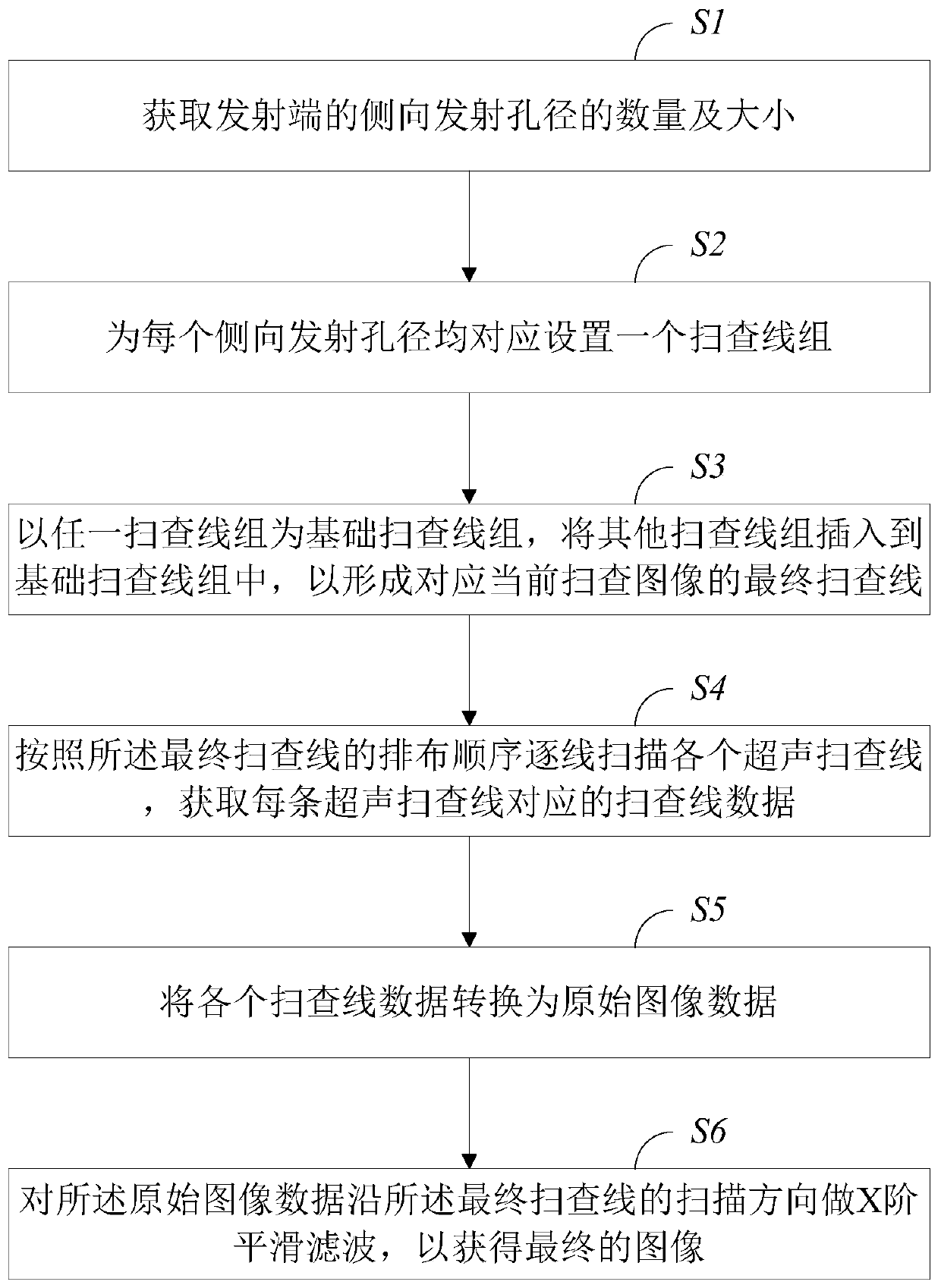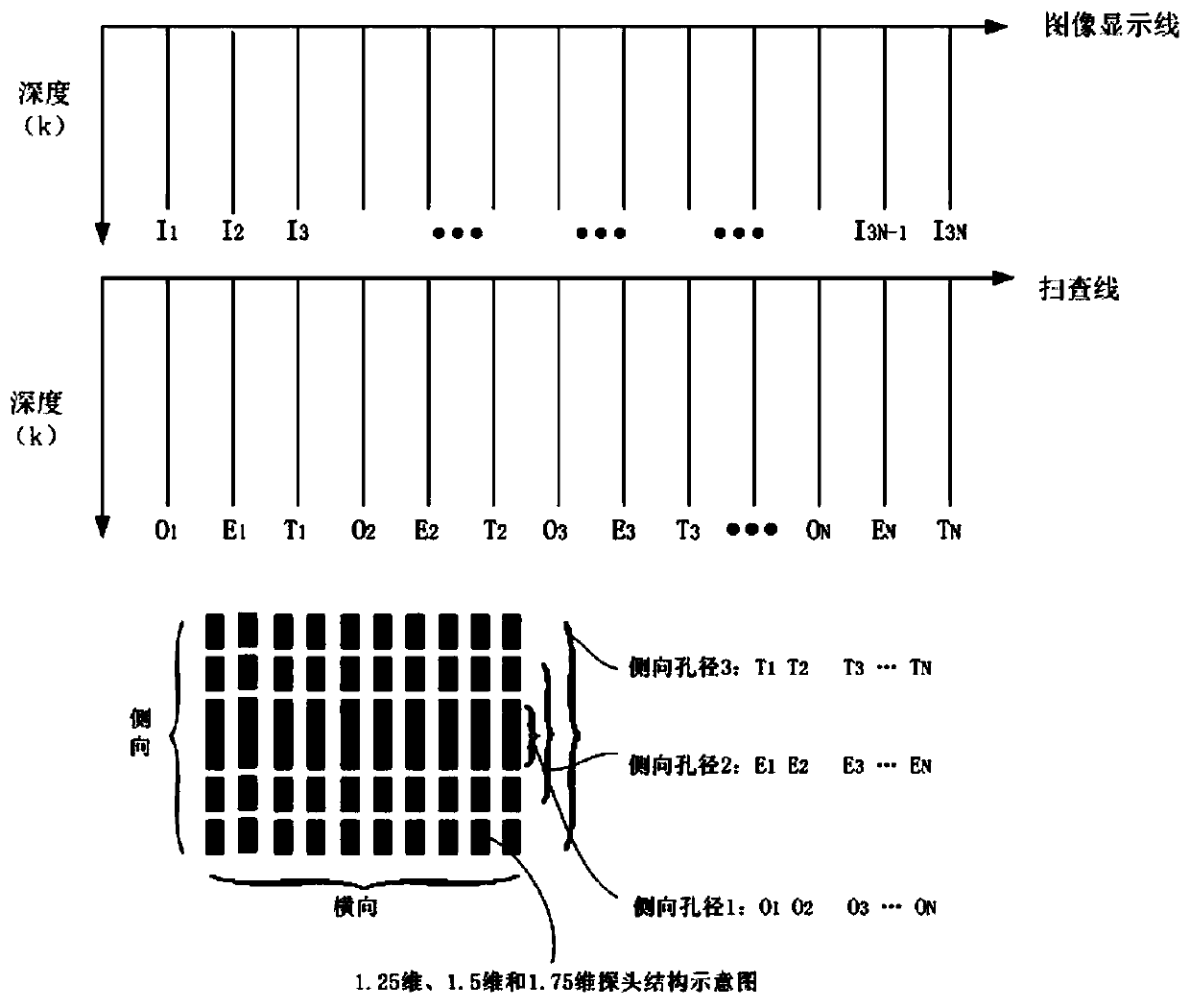Q-frame t-aperture compound emission imaging method and system applied to ultrasonic probe
An ultrasound probe and imaging method technology, applied in the ultrasound field, can solve the problems of complex probe design, increase the number of array elements and probe cables, reduce image contrast, etc., and achieve the effects of improving ultrasound image quality and reducing partial volume effect.
- Summary
- Abstract
- Description
- Claims
- Application Information
AI Technical Summary
Problems solved by technology
Method used
Image
Examples
Embodiment Construction
[0080] The present invention will be described in detail below in conjunction with specific embodiments shown in the accompanying drawings. However, these embodiments do not limit the present invention, and any structural, method, or functional changes made by those skilled in the art according to these embodiments are included in the protection scope of the present invention.
[0081] It should be noted that in the specific application examples of the present invention, it mainly solves the transmitting end of the 1.25-dimensional, 1.5-dimensional and 1.75-dimensional probes mentioned in the background technology, and realizes the mechanical focusing of the fixed focus through the acoustic lens, resulting in near-field area The volume effect increases which reduces the contrast of the image.
[0082] Such as figure 1 As shown, in the first embodiment of the present invention, a Q-frame T-aperture composite emission imaging method applied to an ultrasonic probe is provided. I...
PUM
 Login to View More
Login to View More Abstract
Description
Claims
Application Information
 Login to View More
Login to View More - Generate Ideas
- Intellectual Property
- Life Sciences
- Materials
- Tech Scout
- Unparalleled Data Quality
- Higher Quality Content
- 60% Fewer Hallucinations
Browse by: Latest US Patents, China's latest patents, Technical Efficacy Thesaurus, Application Domain, Technology Topic, Popular Technical Reports.
© 2025 PatSnap. All rights reserved.Legal|Privacy policy|Modern Slavery Act Transparency Statement|Sitemap|About US| Contact US: help@patsnap.com



